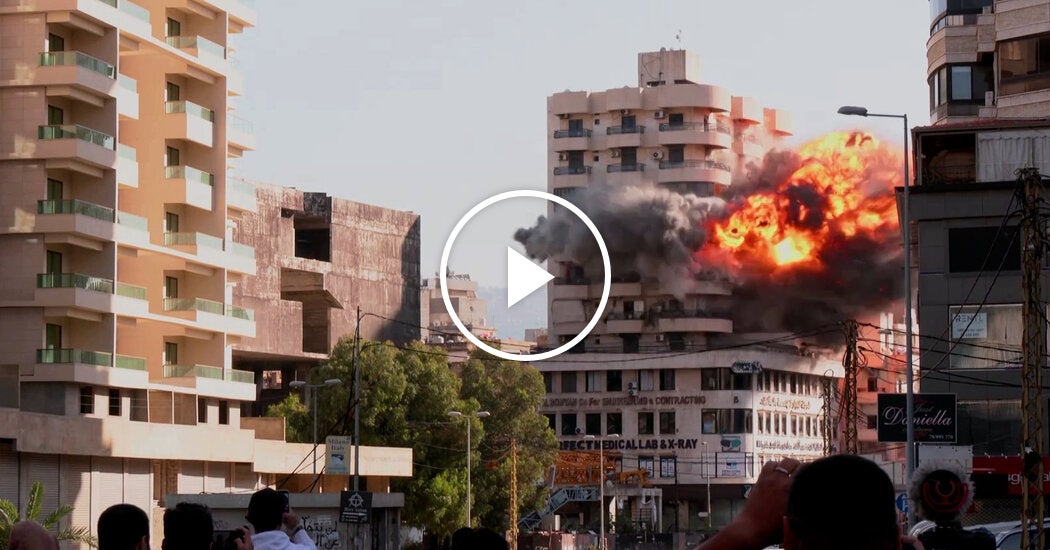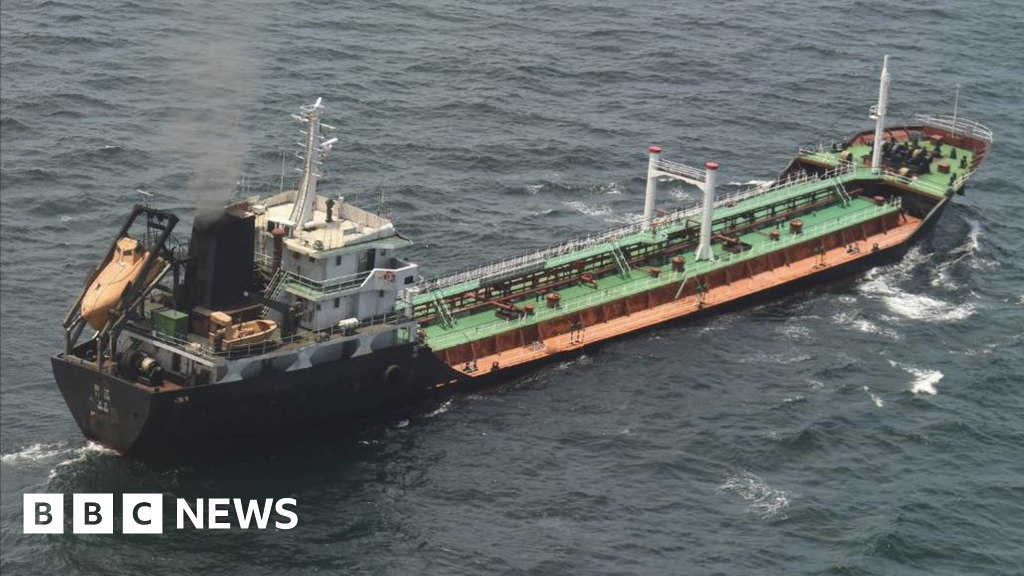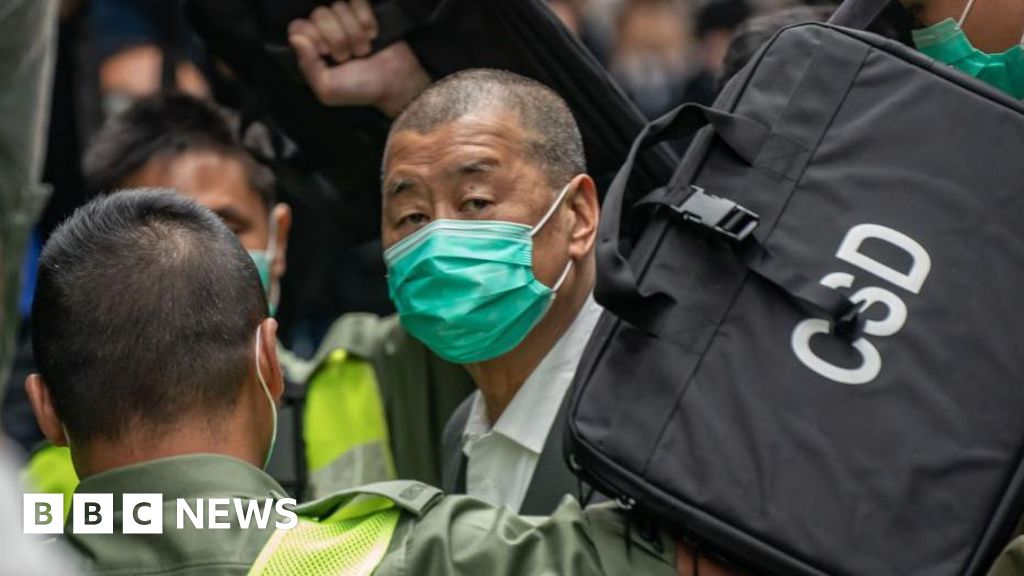Ukrainian forces intensified attacks overnight in the southern region of Zaporizhzhia in what a senior U.S. official said on Thursday appeared to be a main thrust of a Ukrainian counteroffensive, a long-anticipated operation that carries high stakes for Kyiv and its Western allies.
The assessment came days after fighting farther to the east, in the Donetsk region, prompted American officials to say that the counteroffensive may have begun. The U.S. official who spoke on Thursday requested anonymity to discuss operational details.
The Russian Defense Ministry said on Thursday that Moscow’s forces had repelled a Ukrainian attack near Novodarivka, in the southern Zaporizhzhia region. There was no immediate comment from Ukrainian officials, who have said they will remain silent on details of the counteroffensive for operational secrecy.
U.S. and Ukrainian officials have said the counteroffensive would involve attacks on multiple locations, as Kyiv’s forces push forward, probing for vulnerabilities in Russia’s defensive lines.
Michael Kofman, the director of Russian studies at CNA, a research institute in Arlington, Va., said that Ukraine had amassed Western-provided Leopard tanks and American-made Bradley fighting vehicles near Zaporizhzhia, in a possible sign that a major assault there was underway.
Pro-war Russian military bloggers, who have become a major source of information from the front lines, acknowledged an intensification of Ukrainian attacks on the Zaporizhzhia front but claimed on Thursday morning that Russian defenses in the area were broadly holding, aided by sustained strikes by the Russian Air Force.
“After a day of continuous fighting, there’s indirect information about insignificant puncturing of defenses, there are no breakthroughs,” former Russian paramilitary commander Igor Girkin wrote on the Telegram messaging app on Thursday morning. It was impossible to immediately verify his claim.
Ukraine has spent months preparing for a counteroffensive to recapture territory from Russia, bolstered by fresh deliveries of sophisticated weapons, ammunition and pledges of support from its Western allies.
Billions of dollars worth of weapons — including German-made Leopard 2s and Bradleys — were rushed to Ukraine for use in a counteroffensive. Crews were quickly trained; Britain, the United States and other allies trained nine of 12 newly formed and equipped brigades expected to take part in the fighting, alongside other Ukrainian units.
Western support has been solid so far but is not guaranteed in the long term. The U.S. budget for military assistance, for example, is expected to run out by around September.
If the Ukrainian army fails to break through Russia’s mine belts, tank traps and trench lines despite the outpouring of aid, support in the West for arming Kyiv’s forces could shrink — and Kyiv could come under pressure from allies to enter serious negotiations to end or freeze the conflict.
But the table-flat terrain with little cover along parts of the southern front — which leaves any grouping of troops or armored vehicles immediately vulnerable to enemy artillery — and extensive Russian defenses built up over months render it a formidable task for Ukraine’s military.
Adding to the challenges for both armies is the destruction of the Kakhovka dam in southern Ukraine this week, which has caused widespread flooding in the partially occupied Kherson region that could erode some of Russia’s defensive positions but also make it harder for Ukrainian forces to advance. But military experts have said they do not believe that area will be an immediate focus of the counteroffensive, and Ukraine’s president, Volodymyr Zelensky, has said that the dam disaster will not affect Kyiv’s military plans.
Ivan Nechepurenko contributed reporting.










